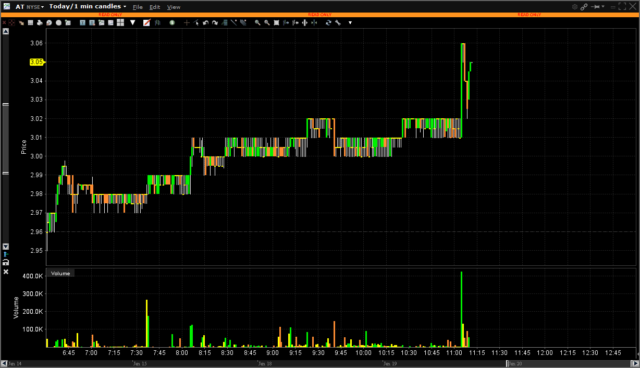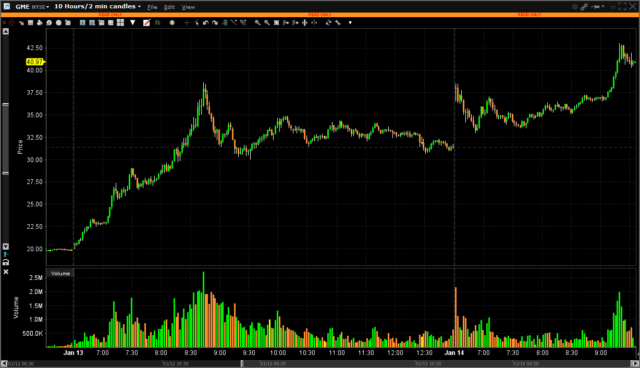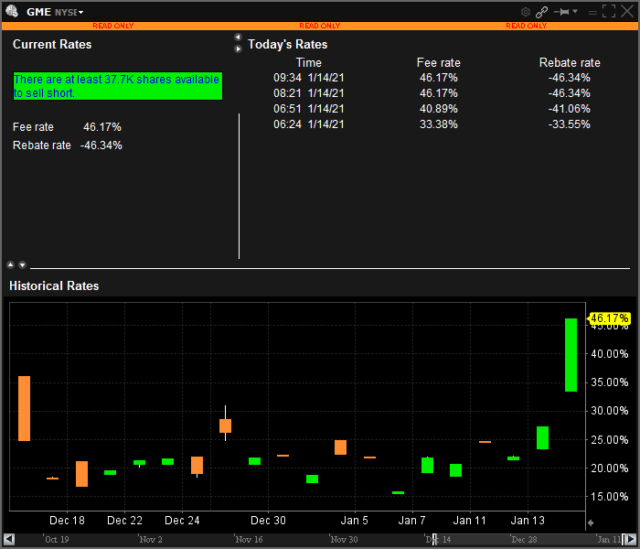A general cliche to remember in finance is that when things are complicated, they usually advantage the proposer of the complex terms.
Canaccord has an issue of convertible debentures outstanding (TSX: CF.DB.A) which are fairly typical: Unsecured debt, 6.25% coupon, matures December 31, 2023, convertible (by the holder) at $10/share at any time; it can be redeemed by the company after December 31, 2021.
Canaccord is reasonably solvent and payment of the debt is not an issue at present.
The stock (TSX: CF) is at $11.69/share, which means the debentures are in the money.
Canaccord proposed an amendment today with some terms I have not seen before. I have reformatted the below to make it easier to read:
The proposed amendments (the “Proposed Amendments”) are as follows:
The addition of a right of the Company to redeem, at its option and from time to time, between April 1, 2021 and October 31, 2021, any or all of the outstanding Debentures (the Amended Redemption Right”), for consideration of (for each $1,000 principal amount of Debentures held) cash equal to
(i) the greater of:
(a) 125% of the principal amount, being $1,250, and
(b) the sum of:
x) the amount calculated by multiplying 100 by the volume weighted average price of the common shares of the Company (the “Common Shares”) for the 20 trading day period ending two trading days prior to the date upon which the Company issues a press release announcing its intention to exercise the Amended Redemption Right; and
y) $40.00;
plus:
(ii) accrued and unpaid interest up to, but excluding, the date of redemption.
The Debentureholders’ right to convert their Debentures into Common Shares, at the current exercise price of $10.00, will be suspended until November 1, 2021.
The analysis of this offering took me a little bit of time to work out, but just like most complex transactions does not work well for the recipient.
The terms on initial glance seem attractive: Right now the debentures have an “intrinsic” value of $1,169 per $1,000 par (the assumption of a conversion and then a frictionless disposition on the open market). In scenario (a), you have $1,250, which is a higher amount, and in scenario (b), you have what you would have received otherwise in a conversion-and-sell scenario, plus an extra $40 for your efforts. Win-win, right?
No, for two reasons.
One is that the debenture holder is surrendering some time value of their equity call option (in the worst case scenario this would be eliminated by a December 31, 2021 redemption).
The second, and in my opinion, more valuable feature is that this amendment proposal is asking the holder to sell an information call option on the effective equity that their debentures have, for a very cheap price.
Specifically, the amendment proposal term of “for the 20 trading day period ending two trading days prior to the date upon which the Company issues a press release” is the offending term which gives away a lot of value to the holder, in this case, Canaccord.
The company controls the degree of information flow on its stock and to that extent, has some ability to talk up or down the stock price. The ability to issue a press release and retroactively determine a redemption price is a very powerful option given to the company. It’s like buying and selling a stock using historical data.
If the company wants to get rid of the debentures without conversion dilution, it could launch a substantial issuer bid, but retiring the convertibles would likely involved a price higher than $1,250 per $1,000 par. Hence, this convoluted scheme to amend the debentures should be voted against.
The proposal requires 2/3rds of the debentures to be in support to pass the amendment.
A large Canadian asset manager, on behalf of certain of its managed accounts, has agreed to support the Proposed Amendments and has entered into an agreement with the Company to consent and vote in favour of the Proposed Amendments. These accounts hold approximately 55.4% of the outstanding Debentures.
What do I know? Nothing, it seems.


